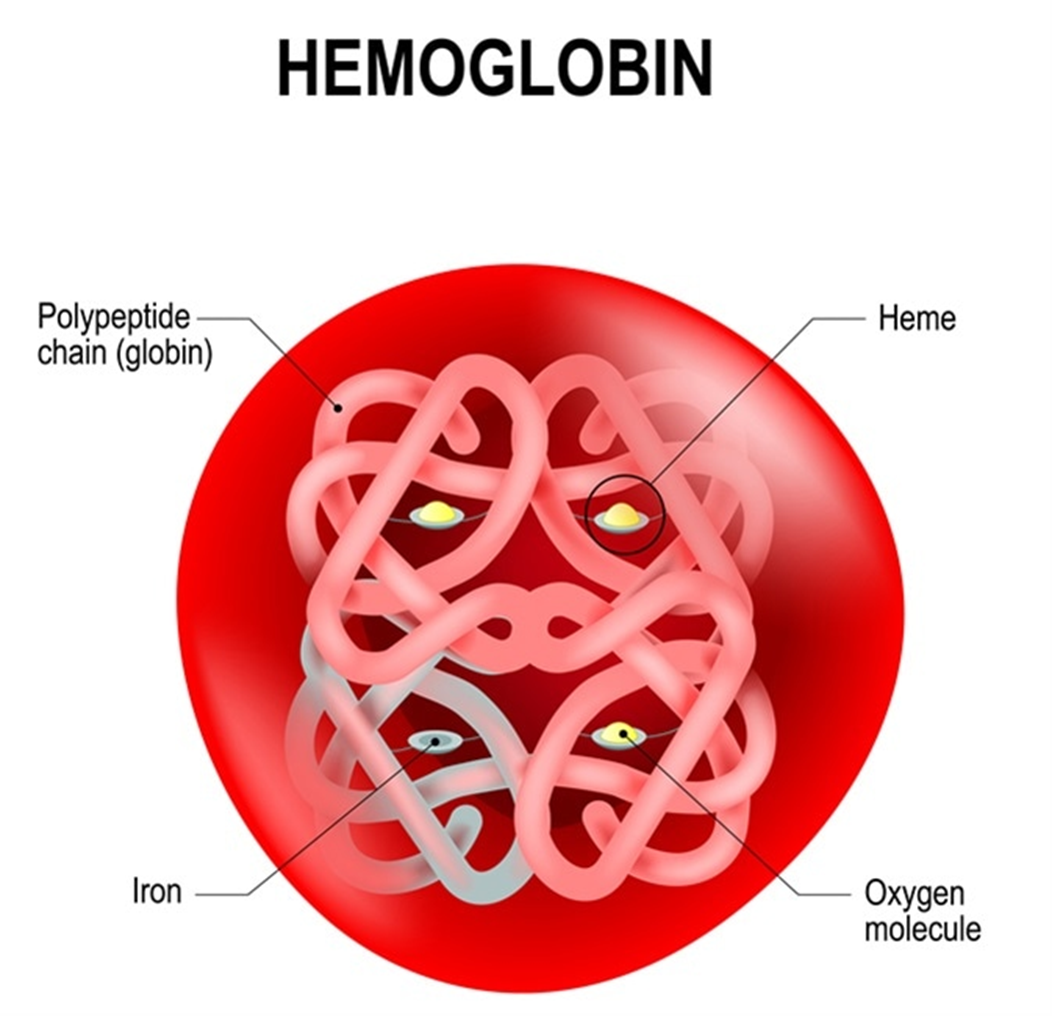An adult with arthritis has been receiving treatment with naproxen and now reports ongoing stomach pain, increasing weakness, and fatigue. Which laboratory test should the nurse monitor?
Creatinine
Serum calcium
Erythrocyte sedimentation rate
Hemoglobin
The Correct Answer is D
Choice A reason: Creatinine is not a relevant laboratory test for the nurse to monitor, as this reflects renal function and is not affected by naproxen or arthritis. This is a distractor choice.
Choice B reason: Serum calcium is not a pertinent laboratory test for the nurse to monitor, as this indicates bone metabolism and is not related to naproxen or arthritis. This is another distractor choice.
Choice C reason: Erythrocyte sedimentation rate is not an important laboratory test for the nurse to monitor, as this measures inflammation and is not influenced by naproxen or stomach pain. This is another distractor choice.
Choice D reason: Hemoglobin is an essential laboratory test for the nurse to monitor, as this shows blood oxygen-carrying capacity and can be reduced by naproxen-induced gastrointestinal bleeding, which can cause stomach pain, weakness, and fatigue. Therefore, this is the correct choice.

Nursing Test Bank
Naxlex Comprehensive Predictor Exams
Related Questions
Correct Answer is ["0.3"]
Explanation
To convert mg to mcg, multiply by 1000.
10 mg x 1000 = 10000 mcg
To find the volume of teriparatide that contains 10000 mcg, use a proportion.
760 mcg / 2.4 ml = 10000 mcg / x ml
Cross-multiply and solve for x.
760 x = 24000
x = 24000 / 760
x = 31.57894736842105
Round to the nearest tenth.
x = 0.3 ml
Correct Answer is C
Explanation
Choice A reason: An adult client with a tracheal tube draining clear, pale red liquid drainage. This client should not be assessed last, as they may have a potential airway obstruction or infection. The tracheal tube drainage should be monitored for color, amount, and consistency, and suctioned as needed.
Choice B reason: An older client with dark red drainage on a postoperative dressing, but no drainage in the Hemovac. This client should not be assessed last, as they may have a potential hemorrhage or wound dehiscence. The postoperative dressing and Hemovac should be monitored for color, amount, and odor, and changed as needed.
Choice C reason: An adult client with no postoperative drainage in the Jackson-Pratt drain with the bulb compressed. This client can be assessed last, as they have no signs of complications or problems. The Jackson-Pratt drain is a closed suction device that collects fluid from a surgical site. The bulb should be compressed to create negative pressure and facilitate drainage.
Choice D reason: An older client with a distended abdomen and no drainage from the nasogastric tube. This client should not be assessed last, as they may have a potential bowel obstruction or perforation. The nasogastric tube is inserted through the nose into the stomach to decompress gas and fluid. The abdomen should be monitored for size, shape, and bowel sounds, and the nasogastric tube should be checked for patency and placement.
Whether you are a student looking to ace your exams or a practicing nurse seeking to enhance your expertise , our nursing education contents will empower you with the confidence and competence to make a difference in the lives of patients and become a respected leader in the healthcare field.
Visit Naxlex, invest in your future and unlock endless possibilities with our unparalleled nursing education contents today
Report Wrong Answer on the Current Question
Do you disagree with the answer? If yes, what is your expected answer? Explain.
Kindly be descriptive with the issue you are facing.
